Walls take shape around Project 18’s tiny house
By Kate Hayden, khayden@charlescitypress.com
In the back of the Charles City High School art room, blue tape on the floor is slowly being covered over with cardboard furnishings.
The fragile shell of a house has yet to receive a refrigerator, ladder or a combination washer/dryer, but there’s a couch — although it’s not advised to sit on it.
The art students are seeing their prototype design rise before their eyes as part of the high school’s Project 18 initiative, which pulls different classes together to construct a fully-livable tiny house.
“We can walk through it and see how the space feels,” senior Anne Field said about the model.
The current design is an amalgamation of design pitches from the whole class, sophomore Norma Hernandez said. Additions to the design included a glass sliding door to let light into the home, and replacing the spiral staircase with a ladder that will lead to the loft.
Finding the right size of cardboard has been a challenge in the prototyping phase, Field said.
“If one measurement is wrong, that throws off the entire (house),” Hernandez said.
“And it’s kind of hard to be precise with cardboard,” Field added. “It’s not always rigid. There can be a little bit of a difference.”
The house is presenting new challenges to the art students involved, who generally had never been involved in a construction project this large.
It’s been a learning process, Field said.
“You have to count for every square inch,” she said. “You really have to think about where everything is, because you need to use every little bit of space in the best way possible.”
“Right now, I wouldn’t say there’s a specific thing that we need to change, but as we go along it could,” she added. “It’s fun, but challenging.”
“It’s a project you can’t fail,” Hernandez said.
Over in the agriculture/construction workshop, the class will spend the next week assembling the tiny house’s trailer, which will allow it to be hauled from site to site.
“We have the blueprints and all of the steel. We just have to assemble it and weld it together,” junior Blake Frascht said.
The trailer will be familiar to most of the class — but once they begin assembling the tiny house on top of the trailer, based off of the art students’ design, it will be the largest project any of them has worked on.
Every part of the house will be assembled from scratch by the students. The house will have to stay under 8.6 feet wide and under 13.6 feet tall to be a legally movable structure approved by the Iowa Department of Transportation.
“It was a learning curve for us and for the designing class that’s working with us,” senior Dominque Bill said.
“You’re trying to keep it street legal, but maximize our space,” Frascht said.
The class is already assessing the quality of building materials for the house. Bill said the class will use reclaimed pallet wood instead of drywall for the home’s interior, since drywall would crack as the home moves from place to place.
“Normally we come in here and we build small projects. Last year I built a bench. It’s nice and small and we didn’t really work as a team,” Bill said. “It’s interesting to construct a tiny house from the ground up, and to see what different living styles are like.”
“Not a lot of people can say, ‘I built a tiny house,'” Frascht said.
Would students live in the tiny house themselves?
“Well I’m 5-10, so I feel like I need more space even to lie down,” Field admitted. “Maybe not permanently, but temporarily, this is a really nice place, and (for) some people it’d be right for them.”
“It would take some getting used to,” Bill said.

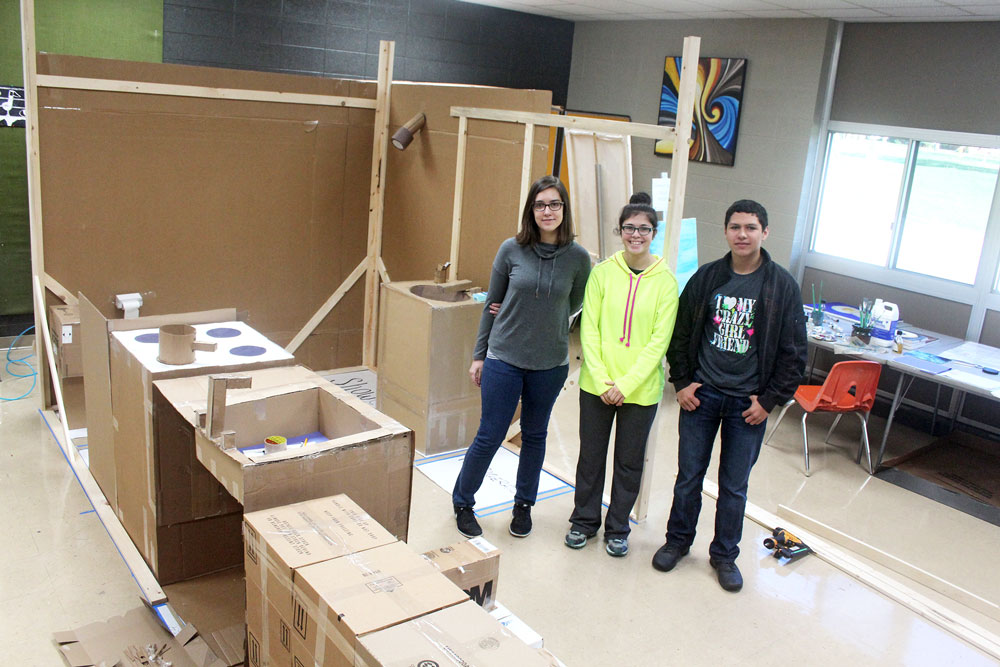
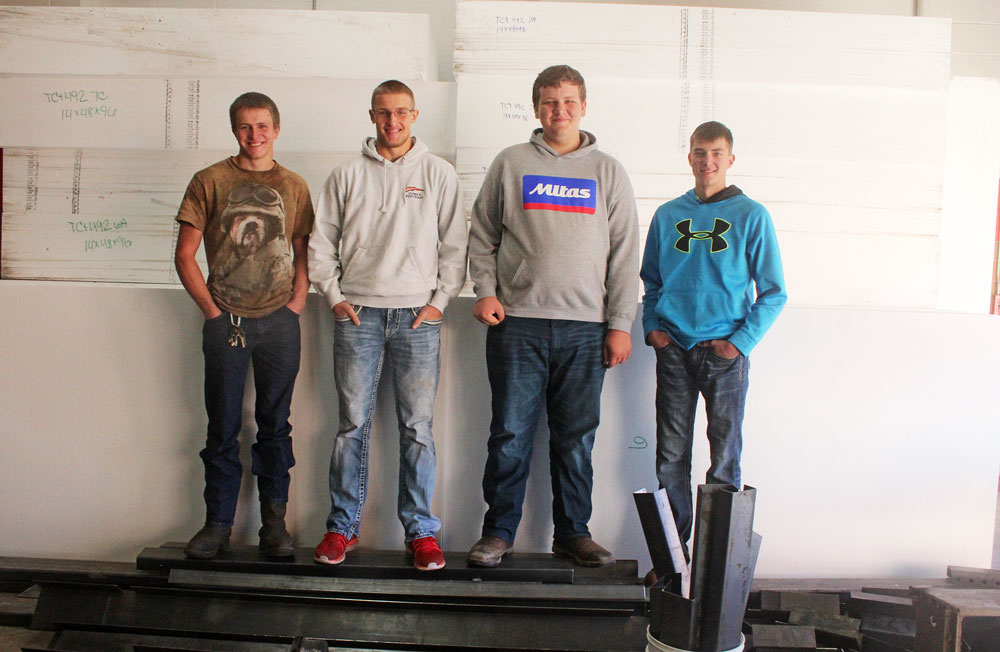
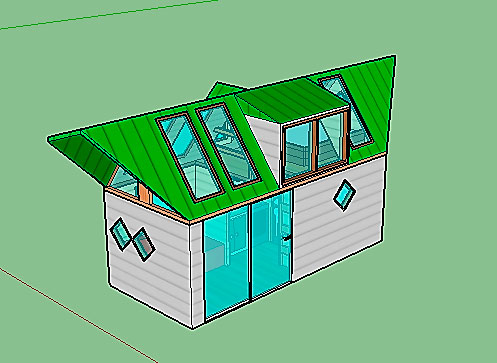
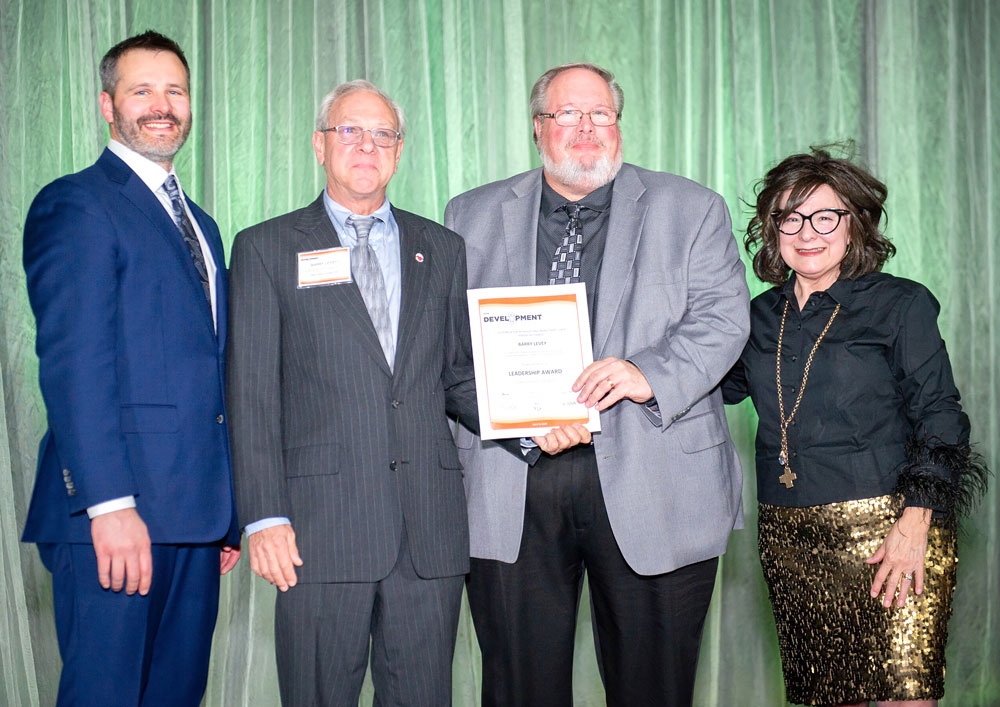


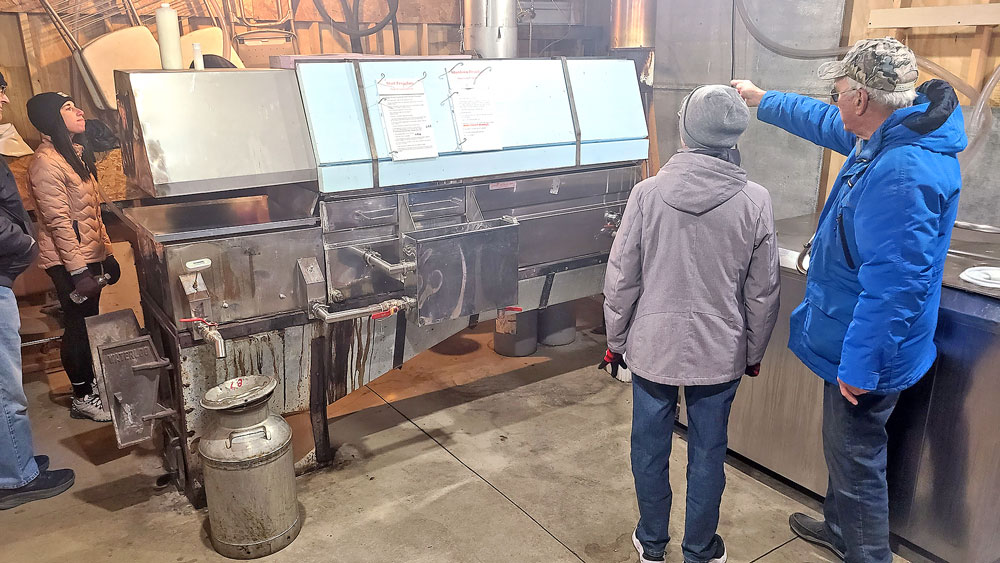
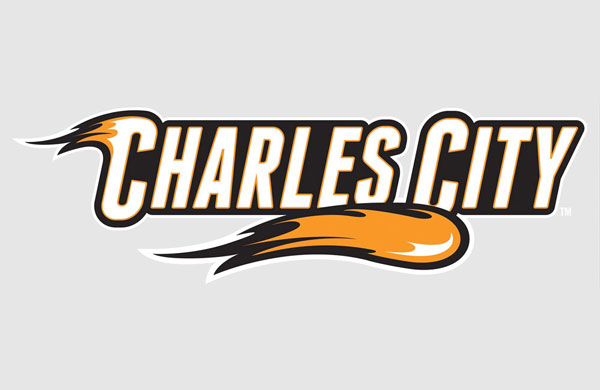
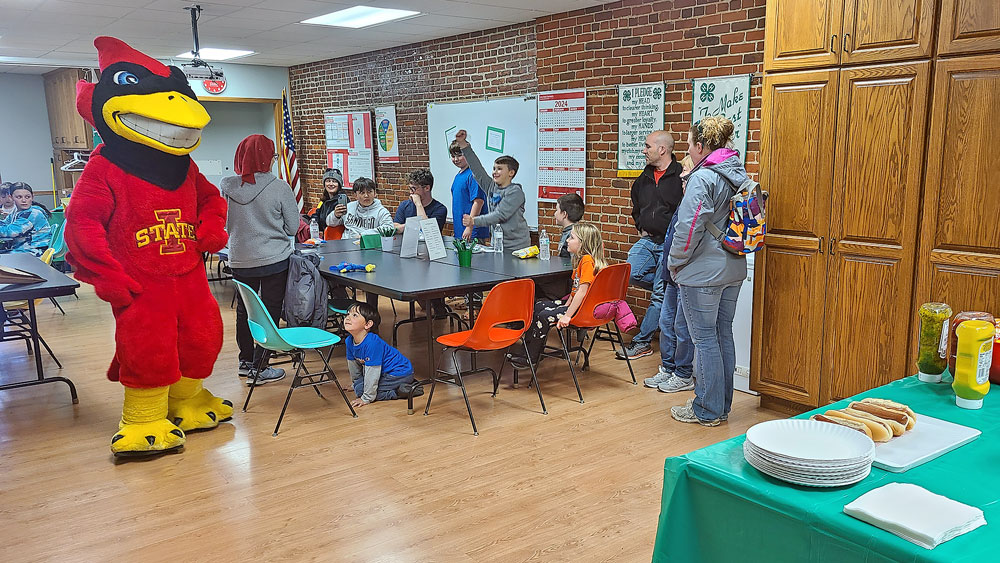


Social Share